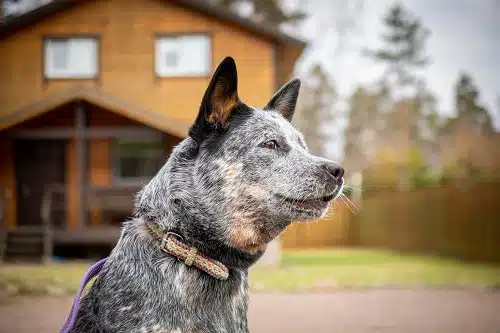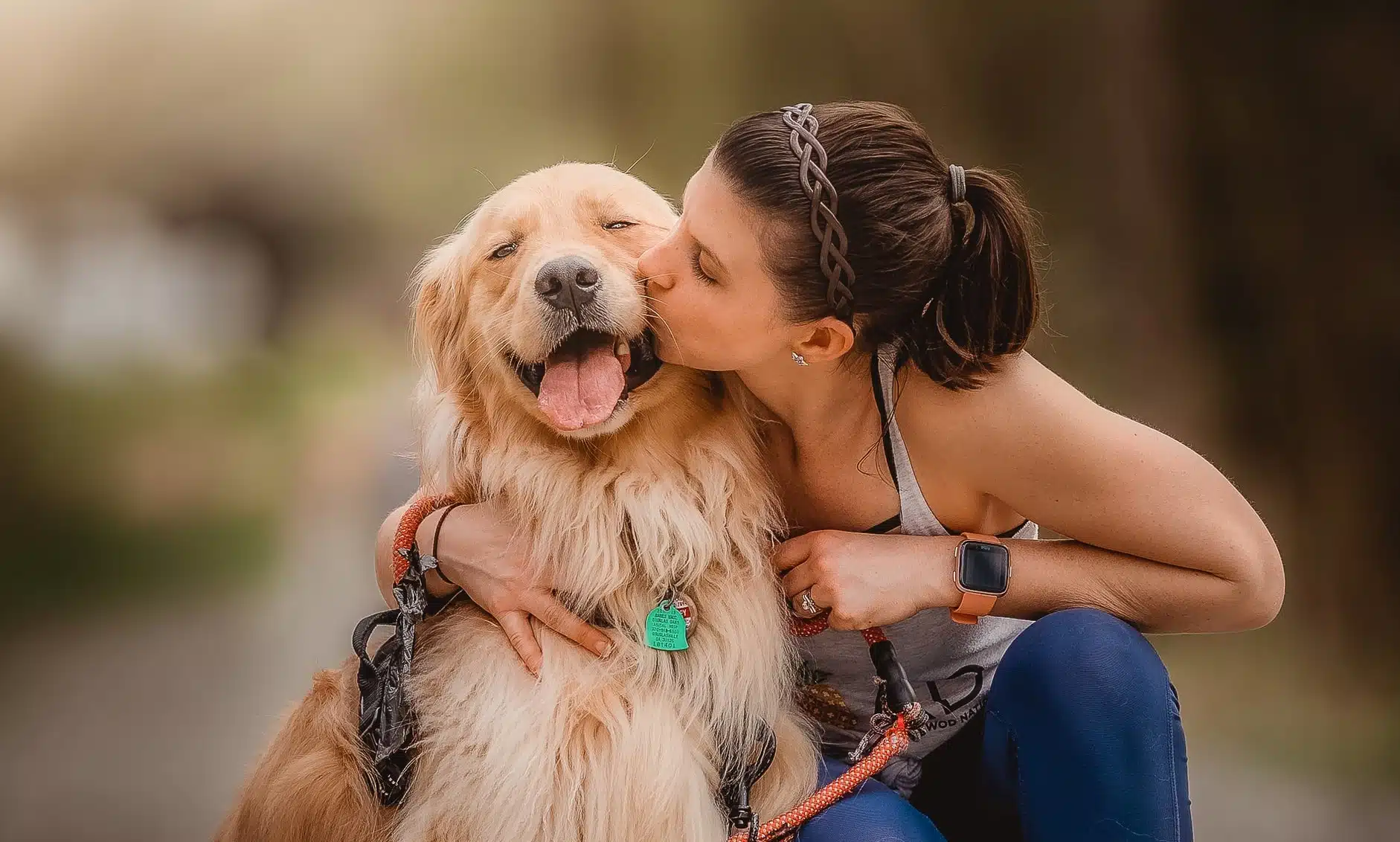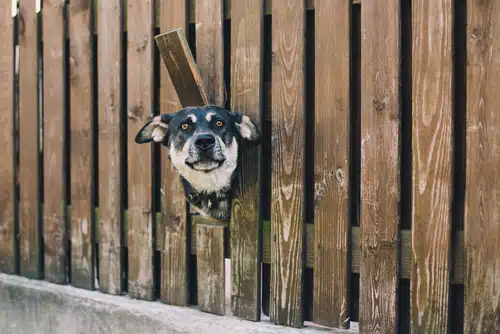Home » Blog » Pet » Pets: Understanding Them » Australian Cattle Dog – The Aussie Great
Categories
Tags
animal welfare
breed profile
buying a car
buying a pet
Car
car accessories
car care
car features
car insurance
Car safety
car sales
car service
cat
cat behaviour
cat body language
Cat Breeds
cat food
cat insurance
comprehensive car insurance
Dog
Dog Behaviour
dog body language
Dog Breeds
dog food
Dog Insurance
dog training
eco friendly cars
Kitten
New Car
pet accessories
pet activities
Pet Adoption
pet breeders
pet days of the year
pet fun stuff
Pet Health
pet insurance
pet parenting
Pet Safety
pet services
Puppy
rescue pets
road safety
road trip
safe driving
Recent Blog:
Facebook Posts
1 day ago
True or false: A stiff brake pedal can stop your car from starting? Answers here…![]()
![]() 3 Reasons For a Stiff Brake Pedal and Car That Won't Start –
... See MoreSee Less
3 Reasons For a Stiff Brake Pedal and Car That Won't Start –
... See MoreSee Less
3 Reasons for a Stiff Brake Pedal and Car That Won't Start
www.pd.com.au
Help! My car isn't starting and the brake pedal is stiff - why?! First of all, if your brake is stiff and car won't start then you've already pieced3 days ago
Growing old sometimes means we can’t take care of pets anymore. Find out some advice on what to do when this happens:![]()
![]() Senior Pet Parents – Contingency Plans for Your Pet –
... See MoreSee Less
Senior Pet Parents – Contingency Plans for Your Pet –
... See MoreSee Less
Senior Pet Parents' Contingency Plans for Pets
bit.ly
Sometimes senior pet parents need more downtime. For older pet owners, this can be tricky to navigate if their dog or cat is full of beans and wants to5 days ago
Celebrating World Vet Day by expressing our gratitude to all the wonderful vets out there! You're the real heroes for our fluffy companions. #WorldVetDaye#ThankYouVetsu#PDPetsdpets
... See MoreSee Less
When it comes to homegrown heroes, the Australian Cattle Dog really is one of the Aussie Greats. Also known as the Blue Heeler, these charismatic canines are the epitome of energy, intelligence, and determination. They’re not only hardworking and renowned cattle herders, but loyal and protective friends.
In this blog, we’ll explore their fascinating origins, personality and most commonly asked questions. If you have your eye on getting a Cattle Dog, this is what you’ll need to know ….
In this article
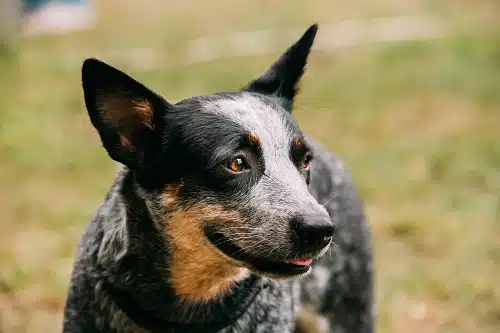
Breed origin
Firstly, where does the Australian Cattle Dog come from? They have a captivating history that can be traced back to the early 19th century. They were specifically bred for their herding abilities in the harsh Australian outback. To create the perfect herding dog, it is alleged that early pioneers crossed hard working Collies (read about the Border Collie) and other herding breeds with native Dingoes.
The result was a remarkable canine with a unique blend of traits suited for the demanding Australian landscape. Their keen herding instincts and unwavering determination made them indispensable in managing unruly cattle in vast ranches.
Interested in lesser known breeds? Check out several interesting dog breeds from India and 10 fairly recent new dog breeds.
Why Blue Heeler?
Australian Cattle Dogs get their alternate name ‘the Blue Heeler’ from their herding technique. They nip at the heels of cattle to keep them in line, hence the ‘Heeler’ moniker. Their striking coat patterns, featuring mottled speckles of blue, further set them apart and make them instantly recognisable. There are also Red Heelers, who have (you guessed it), red spots instead of blue.
Today, the Australian Cattle Dog breed isn’t only revered for its herding chops but also loved as a loyal family friend, agility champion, and search and rescue heroe. Check out the courageous pup in action below. Talk about brave!
Personality and physicality
As mentioned, their remarkable versatility has earned them a special place in the hearts of dog enthusiasts worldwide. But what are they like?
If you’re considering being the pet parents of a Blue Heeler, it’s important to understand their personality and needs. These are active, smart, and loyal pups – and they need the right environment to thrive.
Active
With their robust physique and muscular build, the Blue Heeler is brimming with energy and thrives in an active lifestyle.
We can’t stress this enough – Cattle Dogs need plenty of mental and physical stimulation. These are dogs that need plenty of space to run. It’s not recommended to keep a Cattle Dog in a small space. They’ll quickly become frustrated and it’ll be no fun for either you or them. If you have a more chilled lifestyle, consider the best small dog breeds for apartment living, instead.
PS: Be sure to check these Dog Breed Exercise Requirements to make sure your pup is getting the right amount of exercise.
Smart
The Cattle Dog’s intelligence is second to none, with a sharp mind and a keen sense of problem-solving. They’ll outsmart you if you’re not careful! So, keep them engaged with challenging puzzles and games that keep their minds stimulated.
Tough
Blue Heelers are known for their tenacity and drive. Once focused on a task or goal, their determination sees them work tirelessly to accomplish it. Check out these tough pups below:
How long do cattle dogs live?
The Australian Cattle Dog breed has a relatively long lifespan compared to many other dog breeds. On average, they typically live between 12 to 15 years. However, with proper care, a healthy diet, regular exercise, and routine vet check-ups, some have been known to live even longer, reaching 16 years or more.
Be aware that individual factors such as genetics, overall health, and lifestyle can influence a dog’s lifespan.
Are cattle dogs dangerous?
Blue Heelers aren’t inherently dangerous. Like any dog breed, the way they act depends on their upbringing, socialisation, and individual temperament. With proper training, getting them used to other dogs and people early and responsible pet parenting, they’re well-behaved and loyal companions.
By the way, read our 17 ways to be a rocking pet parent to look for inspiration!

Are cattle dogs aggressive?
Australian Cattle Dogs have a strong herding instinct, which can sometimes be mistaken as aggression. While they can be assertive and protective, aggression is not a characteristic commonly associated with well-bred and properly trained Australian Cattle Dogs.
Find out more about positive reinforcement training to ensure you do the right thing by your Blue Heeler bestie.
Are they affectionate?
Yes, Australian Cattle Dogs are known to be affectionate towards their humans. They have a strong work ethic and herding instincts. But they also form deep bonds with their pet parents and are often devoted and loyal to their families.
The Blue Heeler has a protective nature. Their love is often expressed through their desire to be close to their pet parents. They may follow you around, lean against you, or seek physical contact, such as cuddling or sitting on your lap. Lastly, remember that, like us, each dog has its own personality and temperament.
If you’re interested in learning more about this pup, then head over to The Australian Cattle Dog Club of Victoria for more info. Or if you’d like to know more about other Aussie breeds, read our guide to 10 Australian Dog Breeds and Their Portraits.
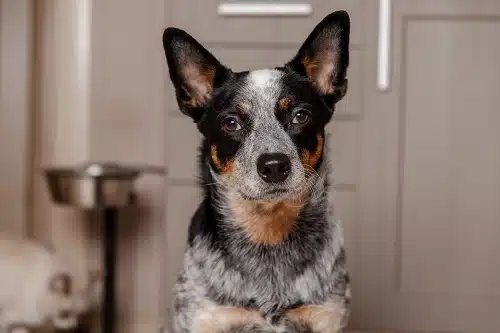
Are cattle dogs easy to train?
The Blue Heeler is highly intelligent and trainable so they thrive on mental stimulation and challenges. With a consistent and positive approach to training, using rewards and motivation, they can be quick learners.
However, they also have a strong independent streak, so training may require patience, routine, and firmness.
Do cattle dogs shed?
In terms of shedding, the Australian Cattle Dog has a double coat that helps protect them from the elements. They do shed moderately throughout the year, with heavier shedding during seasonal changes. Regular brushing can help manage this and keep their coat in good condition.
Wondering whether a short back and side will do your pup some good in the hotter months? Read our article Is a Shaved Dog in Summer a Good or Bad Idea?
Insure your pawsome pup
At PD Insurance we want your pet to live a long, happy life. If the unthinkable happens and you have unexpected vet bills, our pet insurance will protect your pup (and your pocket) against all kinds of medical mishaps. Why not get a quick quote? It’ll only take a couple of minutes.
Share On:

